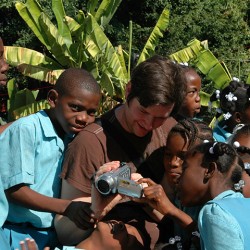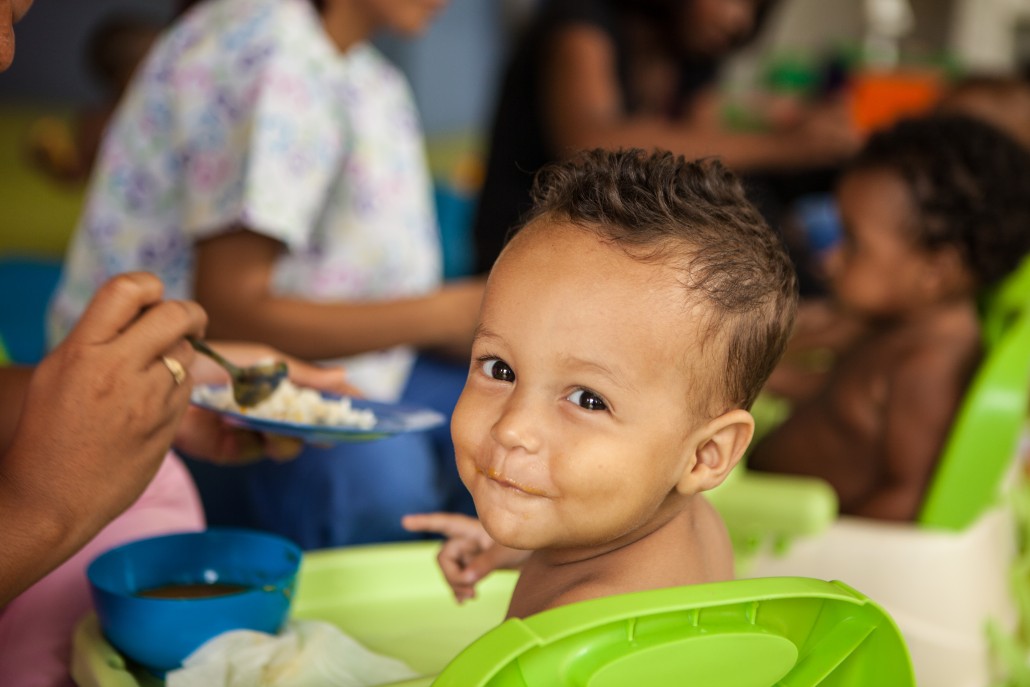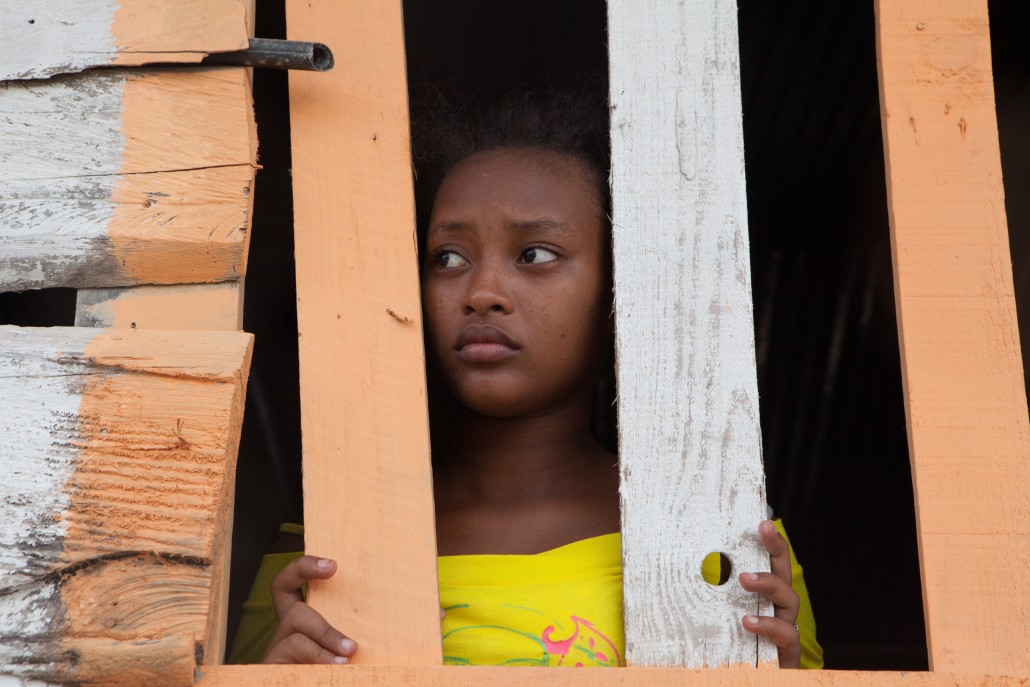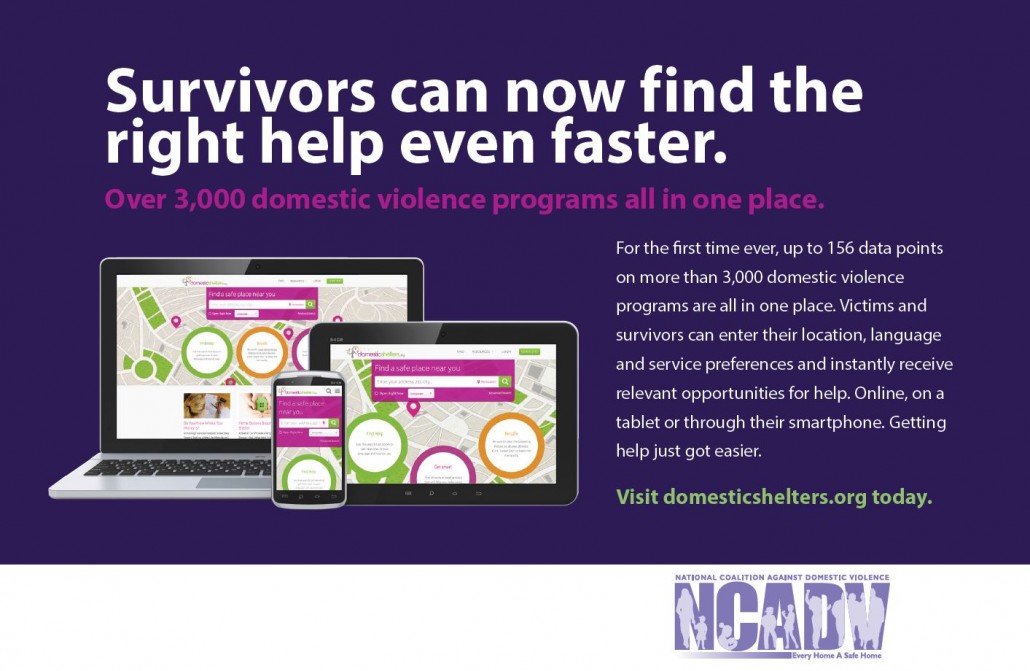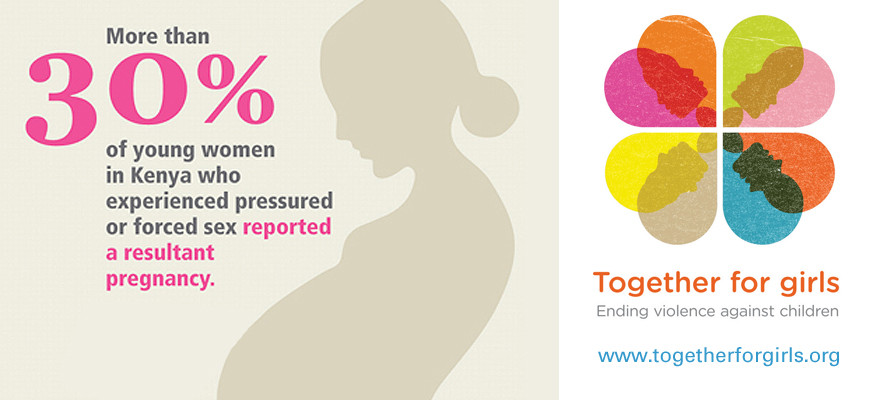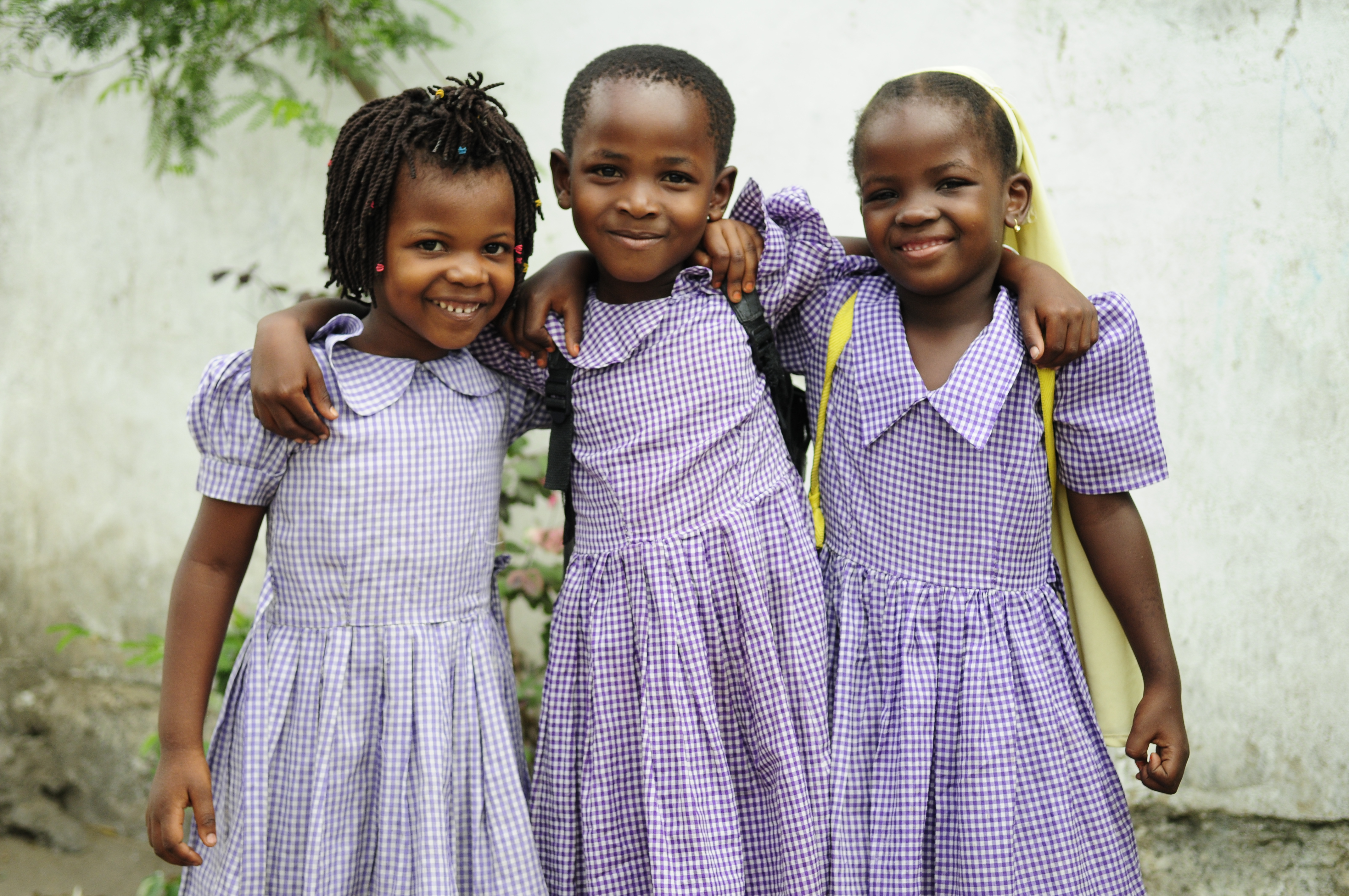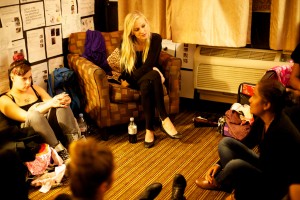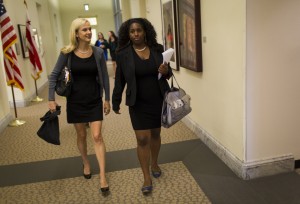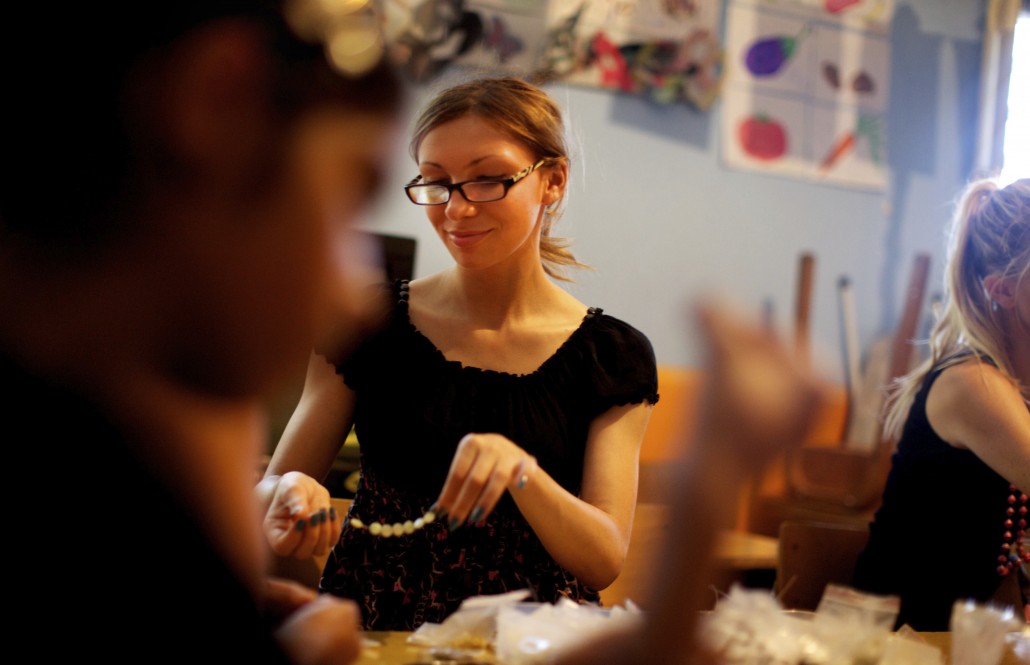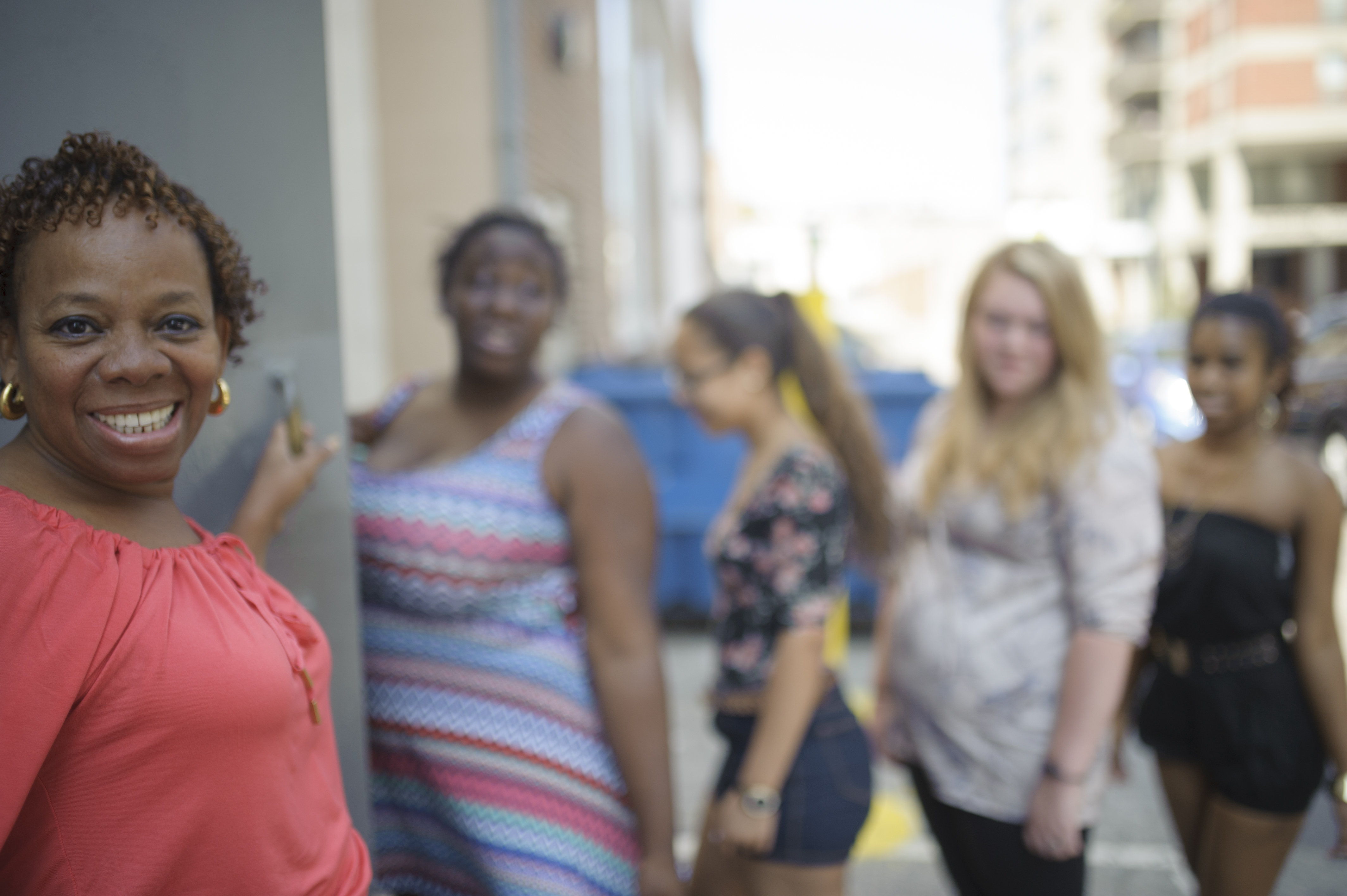It’s Only Rock ‘n’ Roll… and Gynecologic Cancer
It wasn’t too many years ago that talking about breast cancer was uncomfortable, even taboo. Now, nearly everyone knows pink means breast cancer prevention and manufacturers of everything from kitchen mixers to lipsticks offer “pink products.” Male professional athletes even drape themselves in pink uniforms and jerseys to raise awareness. Clearly, we’ve grown accustomed to talking about “saving the tatas.”
But, we still don’t talk much about cancers that happen “down there” despite the fact that about every seven minutes another woman is diagnosed with a gynecologic cancer and just one in three women who are diagnosed survive.
For me, the depth and immensity of the awareness challenge crystallized when I delivered a talk to about 250 OB/GYNs. I asked how many had participated or supported a run for breast cancer and nearly every hand went up. But when I asked how many were familiar with the Gynecologic Cancer Foundation (now the Foundation For Women’s Cancer), my heart broke when I only saw two hands in the air.
So how do you give voice to cancers that people are afraid to talk about? Five of my fellow gynecologic oncologists and I are using a time-honored tactic — rock and roll.
In 2008, we formed the band N.E.D., short for the best three words a patient can hear — no evidence of disease.
Two albums and a documentary film later (which will aired several times on the World Channel on March 4-7, and is scheduled many public television stations beginning in April and the Spanish-language channel VME on April 10), it’s been the musical adventure of a lifetime. Although we live in five different states (one of which is Alaska) and all have a full-time medical practice, we have made the time to record and release original music, rehearse and play live shows. Hope is a central theme of our songs, which are written to empower women and their loved ones, and motivate them to dance, smile and, most of all, break that paralyzing wall of silence that surrounds gynecologic cancers.
Short of operating on and healing someone, seeing people sing the words to our songs is the most powerful experience I’ve had. It’s a dream come true to interact with our fans (who call themselves NEDHeads) and see the raw energy and the healing and therapeutic power of live music.
Near the end of each concert, we invite gynecologic cancer survivors up on stage for the song, “Let the Singing Begin.” Each woman gets a turn to walk on stage with a sign that says when she was diagnosed with cancer. Then, she turns the sign around to show how long she’s been disease free and what life milestone she just celebrated or is looking forward to. It’s about each woman having a chance to feel like a rock star for what they’ve accomplished. It’s about going from a dark place to a hopeful one with a camaraderie that can only come from knowing exactly how each person has suffered and overcome.
We called our second album Six Degrees, to represent both our medical degrees and that everyone, in some way, is connected to one of the five main gynecologic cancers (cervical, ovarian, uterine, vaginal and vulvar). In fact, gynecologic cancers kill as many patients as prostate cancer each year, yet prostate cancer receives 50 percent more federal research funds than all gynecologic cancers combined.
While there is a mammogram to test for breast cancer and a Pap smear for cervical cancer, there is no screening test for ovarian cancer, where the five-year survival rate is just 45 percent. We do know that when ovarian cancer is found and treated before it spreads outside the ovary, the five-year survival rate jumps to 92 percent. However, only 15 percent of ovarian cancers are found at this stage.
What complicates ovarian cancer diagnosis is that many of the early symptoms can often be attributed to less serious conditions like bloating, abdominal swelling, change in urinary frequency and feeling full quickly.
This ambiguity is why women should see their OBGYN if they experience a symptom or feel differently than they normally do for at least a week.
It’s why we need significantly more research dollars allocated to develop an effective screening test for ovarian cancer and monies to support other potential research breakthroughs for gynecologic cancers.
Raising awareness is the first step to making this happen. That’s why my focus, and that of the band, patients, survivors and advocates, is to bring a voice to gynecologic cancers.
Sometimes it’s easier to sing about something than to talk about it.
But whether it’s at a concert, a doctor’s office, the water cooler or a fundraiser, it’s a conversation that can’t wait any longer.
About the blogger:
John Boggess, MD, is a gynecologic oncology surgeon and professor at the University of North Carolina School of Medicine. Click here to view the trailer.






